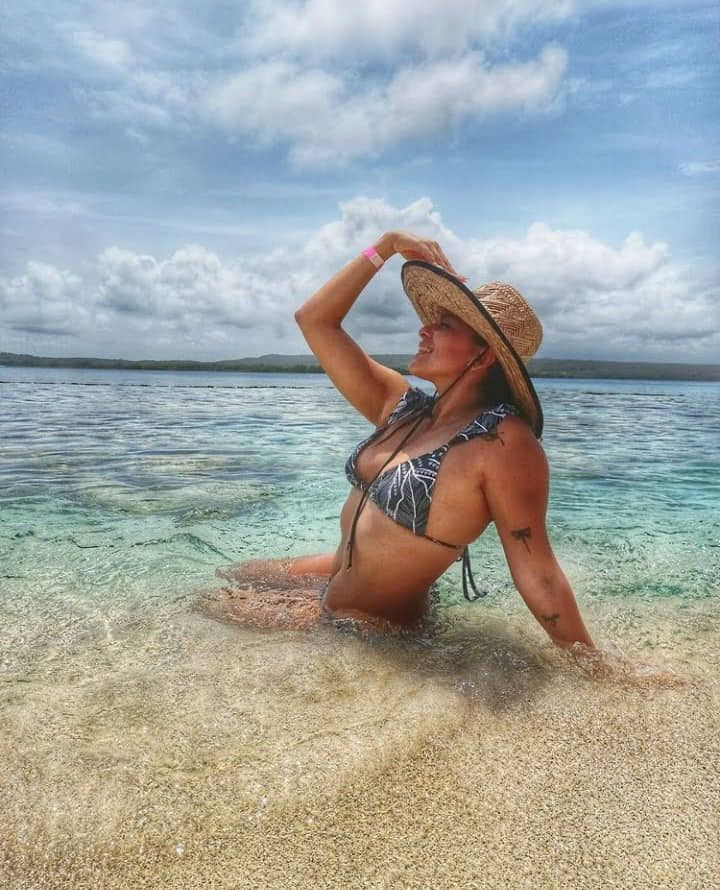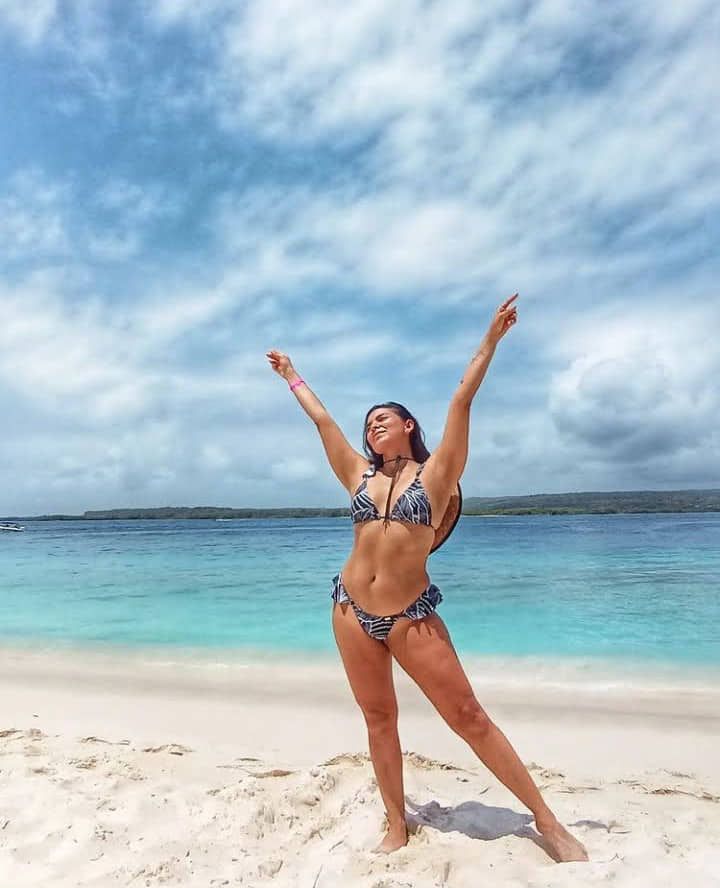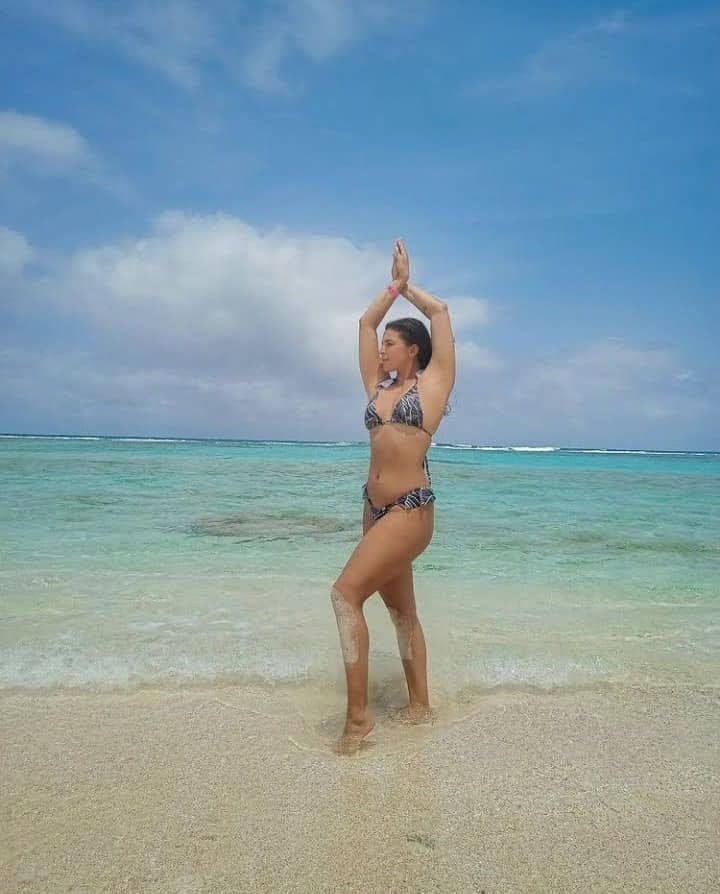
La vegetación del Parque Nacional Morrocoy corresponde a un bosque árido tropical con hojas siempre verdes, como un olivo, y plantas en descomposición, como un indio desnudo. Al este de Chichiriviche, la planta xerofítica está dominada por cactus. Los manglares rojos, negros, blancos y cogollos abundan en la zona de manglares, donde viven muchas aves. A nivel subacuático, existen varias especies de algas, como Thalassia testudinum, que es el alimento favorito de la tortuga verde.
Entre la fauna del parque se encuentran mamíferos como venados, osos domesticados y zorros que se alimentan de cangrejos. También hay alrededor de 266 especies de aves, como el nudillo turco, el flamenco, el pelícano y la anguila. El Libro Rojo también enumera especies en peligro de extinción como el caimán de playa y tortugas como el lacarey, el cardón y el verde. También se incluyen delfines y crías e innumerables peces de colores que deambulan por los arrecifes de coral.
The vegetation of Morrocoy National Park corresponds to an arid tropical forest with evergreen leaves, like an olive tree, and decaying plants, like a naked Indian. East of Chichiriviche, the xerophytic plant life is dominated by cacti. Red mangroves, black mangroves, white mangroves, and cogollos are abundant in the mangrove zone, where many birds live. At the underwater level, there are several species of algae, such as Thalassia testudinum, which is the favorite food of the green turtle.
Among the park's fauna are mammals such as deer, domesticated bears and foxes that feed on crabs. There are also about 266 species of birds, such as the Turkish knotweed, flamingo, pelican and eel. The Red Book also lists endangered species such as the beach alligator and turtles such as the leatherback, cardon and green turtle. Also included are dolphins and hatchlings and countless colorful fish that roam the coral reefs.

Los lugares más visitados del Parque Nacional Morrocoy son Cayo Sombrero, Punta Gorda, Pelón, Pescadores, Suánchez, Punta Brava y para el buceo Playuela y Boca Seca. Desde Caracas se puede llegar por la carretera regional Guacara-Yagua-Puerto Cabello-Morón-Tucacas Central-Distribuidora. Desde Barquisimeto continuar por la Carretera Cimarrón Andresote-Par Vial-Petroquímica hasta Morón-Tucacas.El clima en el Parque Nacional Morrocoy es tropical relativamente cálido, muy cercano a Médanos de Coro, con temperaturas entre 22 °C y 29 °C. Su confort está definido por tres microambientes: el sector continental, donde se levanta el cerro Chichiriviche; planicie costera con hermosas playas, manglares, lagunas y bajíos; y el sector insular marino, donde se ubica su costanera e islas, el cual tiene un gran potencial recreativo y está rodeado de arrecifes coralinos.
The most visited places in Morrocoy National Park are Cayo Sombrero, Punta Gorda, Pelón, Pescadores, Suánchez, Punta Brava and for diving, Playuela and Boca Seca. From Caracas you can get there by the regional highway Guacara-Yagua-Puerto Cabello-Morón-Tucacas Central-Distribuidora. From Barquisimeto continue on the Cimarrón Andresote-Par Vial-Petroquímica Highway to Morón-Tucacas.
The climate in Morrocoy National Park is relatively warm tropical, very close to Médanos de Coro, with temperatures between 22 °C and 29 °C. Its comfort is defined by three microenvironments: the continental sector, where the Chichiriviche hill rises; coastal plain with beautiful beaches, mangroves, lagoons and shallows; and the marine insular sector, where the coast and islands are located, which has great recreational potential and is surrounded by coral reefs.

Dado que el parque y el refugio nombrado están ubicados en la misma área geográfica, se puede concluir que hay tanta avifauna en el parque que le precede: búho real, especies vulnerables como flamenco, garza, pelícano, le gustan hábitats como manglares, plantas de anidación y descanso, cotúa, chusmita o garza blanca, pauja de cresta, loro real amazona, corocoro, garza pechiblanca y muchos más. Además, cabe señalar que los manglares caducifolios de la Bahía de Morrocoy son un buen hábitat para las aves, especialmente en la Isla de Pájaros, una zona repleta de manglares ubicada en la zona central del parque. En cuanto a los reptiles marinos predominan las tortugas marinas como la tortuga verde, tortuga halcón, tortuga cardón, tortuga coralina; a excepción del caimán costero, todos están en peligro de extinción. Los mamíferos marinos incluyen delfines y crías; y mamíferos terrestres que utilizan el Cerro Chichiriviche como protectores: machicolat de corazón y caramerudo de corazón, oso de peluche sandía, cangrejo zorro, mono pardo, perezoso, rabipelado, lapa, picure y bakari cinchado.
Since the park and the named refuge are located in the same geographic area, one can conclude that there is so much avifauna in the park that precedes it: eagle owl, vulnerable species such as flamingo, heron, pelican, likes habitats such as mangroves, nesting and roosting plants, cotua, chusmita or white heron, crested curassow, amazon parrot, corocoro, white-breasted heron and many more. In addition, the deciduous mangroves of Morrocoy Bay are a good habitat for birds, especially in Isla de Pájaros, an area full of mangroves located in the central zone of the park. Marine reptiles include sea turtles such as the green turtle, hawksbill turtle, cardon turtle, and coral turtle; with the exception of the coastal caiman, all are endangered. Marine mammals include dolphins and calves; and terrestrial mammals that use Cerro Chichiriviche as protectors: heart-shaped machicolat and heart-shaped caramerudo, watermelon teddy bear, fox crab, brown monkey, sloth, sloth, rabipelado, paca, picture and bakari cinchado.

Las especies de peces que se encuentran en las aguas del parque son: mero, pargo, corvina, róbalo, perca, pez sapo, cazón, sardina, jurel, corocoro, picua y cachama negra. Los melones y cangrejos de río incluyen: ostras de mangle, liebre, quigua, dos especies de cangrejos de río como Panulirus Argus y Panulirus Guttatus, cangrejo azul y rojo, cangrejo y más. El Parque Nacional Morrocoy se caracteriza por una vegetación de bosque árido tropical; hay plantas muy diversas, desde plantas muy verdes, como en el caso del olivo, hasta plantas que se pudren, es decir que al final de su ciclo de crecimiento pierden hojas, como un indio desnudo, más tú. ver vegetación común en suelos altos como la hierba de cristal. La zona tiene un clima que oscila entre los 27 y 35 grados centígrados durante el año y de 23 a 26 grados centígrados en la estación fría.
Fish species found in the park's waters include: grouper, snapper, sea bass, snook, perch, toadfish, dogfish, sardine, jack mackerel, corocoro, picua and black cachama. Melons and crayfish include: mangrove oysters, hare, quigua, two species of crayfish such as Panulirus Argus and Panulirus Guttatus, blue and red crayfish, crab and more. Morrocoy National Park is characterized by a tropical arid forest vegetation; there are very diverse plants, from very green plants, as in the case of the olive tree, to plants that rot, that is to say that at the end of their growth cycle they lose leaves, like a naked Indian, more you. see common vegetation in high soils like the crystal grass. The area has a climate that ranges from 27 to 35 degrees Celsius during the year and from 23 to 26 degrees Celsius in the cold season.

Las precipitaciones se sienten en los meses de agosto a diciembre; especialmente en noviembre y diciembre. Si desea visitar este lugar único, debe salir de la autopista regional del Centro, conducir por la ciudad de Maracay y salir antes de la ciudad de Valencia, tomar la ruta a Puerto Cabello. Luego encontrará un cruce a Morón, desde allí conducirá por la Carretera Nacional Morón, Coro; Continuando en Boca de Aroa do Tucacas, se acercará a la Recta de Chichiriviche, que atraviesa el Refugio Natural de Cuare, y finalmente llegará a la entrada al Parque Nacional Morrocoy. Son muchas las actividades turísticas en el Parque Nacional Morrocoy, siendo las principales protagonistas el malecón y las playas. Muchos turistas llegan a estas aguas cristalinas con sus lanchas y algunos deciden acampar. Es un lugar relativamente seguro porque está constantemente vigilado por Inparques. Morrocoy es un lugar que merece la atención de los turistas más aventureros, lugares que lo permiten: Cayo Sombrero, Cayo Sal, Cayo Muerto y Cayo Paiclá. Los interesados en reservar deben solicitar una reserva en el Centro de Atención al Usuario del Sistema de Parques Nacionales.
Rainfall is felt in the months of August to December; especially in November and December. If you wish to visit this unique place, you must leave the Central Regional Highway, drive through the city of Maracay and exit before the city of Valencia, take the road to Puerto Cabello. Then you will find an intersection to Morón, from there you will drive along the National Highway Morón, Coro; Continuing in Boca de Aroa do Tucacas, you will approach the Strait of Chichiriviche, which crosses the Natural Refuge of Cuare, and finally you will arrive at the entrance to the Morrocoy National Park. There are many tourist activities in Morrocoy National Park, the main protagonists being the boardwalk and the beaches. Many tourists arrive in these crystalline waters with their boats and some decide to camp. It is a relatively safe place because it is constantly monitored by Inparques. Morrocoy is a place that deserves the attention of the most adventurous tourists, places that allow it: Cayo Sombrero, Cayo Sal, Cayo Muerto and Cayo Paiclás. Those interested in making reservations should request a reservation at the National Parks System User Service Center.
